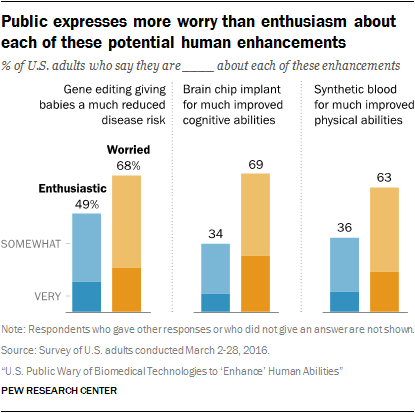Desktop computers and personal laptops are yesterday’s news – the latest hot topic around the technology industry is computers for the brain.
Yes, you read that correctly. Computers for the human brain.
At least that’s the newest concept percolating from the exceptionally forward-thinking mind of Elon Musk, founder of Tesla, SpaceX, and a multitude of other advanced tech companies.
Musk’s latest venture is Neuralink, which is developing “ultra high bandwidth brain-machine interfaces to connect humans and computers.” Essentially, Musk wants to put micron-sized devices inside human brains to help them better communicate and think.
He even goes so far as to put a timeline on this new innovation. Within eight to 10 years, Musk says, healthy people could be getting computer-interface brain implants, which would permit telepathy between individuals and link humans with artificial intelligence (AI) capabilities.
Waitbutwhy.com blogger and cartoonist Tim Urban, one of the first to break the news of Neuralink, says the company “manages to eclipse Tesla and SpaceX in both the boldness of its engineering undertaking and the grandeur of its mission. The other two companies aim to redefine what future humans will do – Neuralink wants to redefine what future humans will be.”
In his article, Urban points out that, despite all the technological advancements our society has made, when two people are talking, they’re still using 50,000-year-old technology.
“This is why brain-machine interfaces – a subset of the broader field of neural engineering, which itself is a subset of biotechnology – are such a tantalizing new industry. We’ve conquered the world many times over with our technology, but when it comes to our brains – our most central tool – the tech world has for the most part been too daunted to dive in,” he explains. “But 50,000 years after the brain’s great ‘aha!’ moment, that may finally be about to change. The brain’s next great frontier may be itself.”
But not everyone is on board with this “mental wizard hat,” as Urban describes it. In an Apr. 22 article, Antonio Regalado, senior editor for biomedicine at the MIT Technology Review explicitly says it will not happen – or at least not at the pace Musk is proposing.
“It’s not possible to assert that no future technology can make these things happen,” he says in his post. “But from what I know about brain implants, these achievements will be very difficult to attain, and the time lines are not only wrong—they’re pure malarkey.”
He continues to say that not only would putting brain implants in healthy people require “extraordinary evidence of safety” so peoples’ lives are not put at risk, but that Musk has also not provided an explicit plan of how to actually successfully create these complicated devices.
“Brain-implant technology has been developing pretty slowly and is still mostly stuck in academia precisely because it’s so complex,” Regalado writes. “You need a way to record from the brain, a compact wireless chipset to transmit the signals, algorithms to know what they mean, and the medical knowledge to actually carry it off.”
And there’s public skepticism to deal with as well. In fact, according to research by the Pew Research Centre, most people are more worried about brain chip implants than advancements such as gene editing or synthetic blood.

But Neuralink co-founder Flip Sabes doesn’t get it.
“To a scientist, to think about changing the fundamental nature of life – creating viruses, eugenics, etc. – it raises a specter that many biologists find quite worrisome, whereas the neuroscientists that I know, when they think about chips in the brain, it doesn’t seem that foreign, because we already have chips in the brain. We have deep brain stimulation to alleviate the symptoms of Parkinson’s Disease, we have early trials of chips to restore vision, we have the cochlear implant – so to us it doesn’t seem like that big of a stretch to put devices into a brain to read information out and to read information back in,” he explains in Urban’s piece.





